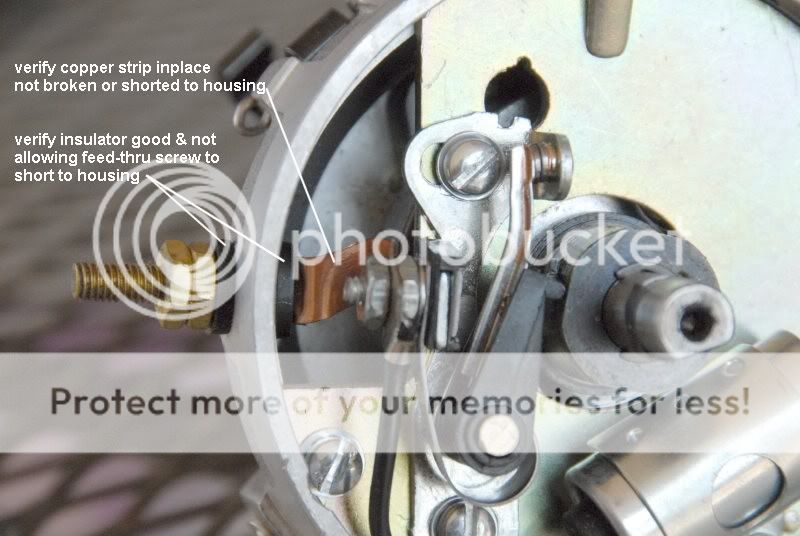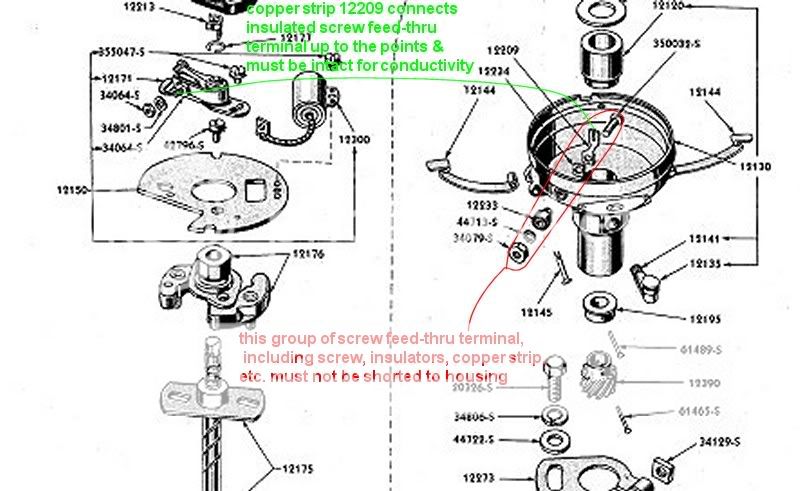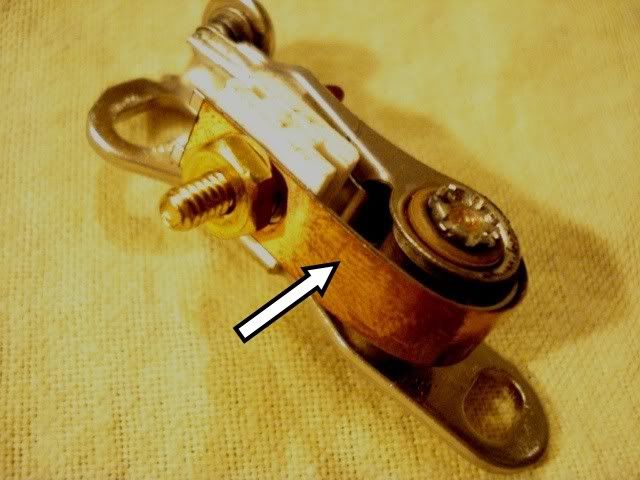8N - side mount dist - 12 volts with alt.
I need to replace my coil which I already have removed from the tractor. I was under the impression that no resistor was needed in a 12 volt system. Take a look at the pic below. Is that white ceramic looking thing a resistor?
Can anyone tell me what I need to know when going to Napa for a new coil? There are no markings on the old coil except a circle with a number 20 in it. I need to get this tractor running.
If I just take this old coil in to Napa will they be able to tell me what I need?

I need to replace my coil which I already have removed from the tractor. I was under the impression that no resistor was needed in a 12 volt system. Take a look at the pic below. Is that white ceramic looking thing a resistor?
Can anyone tell me what I need to know when going to Napa for a new coil? There are no markings on the old coil except a circle with a number 20 in it. I need to get this tractor running.
If I just take this old coil in to Napa will they be able to tell me what I need?








